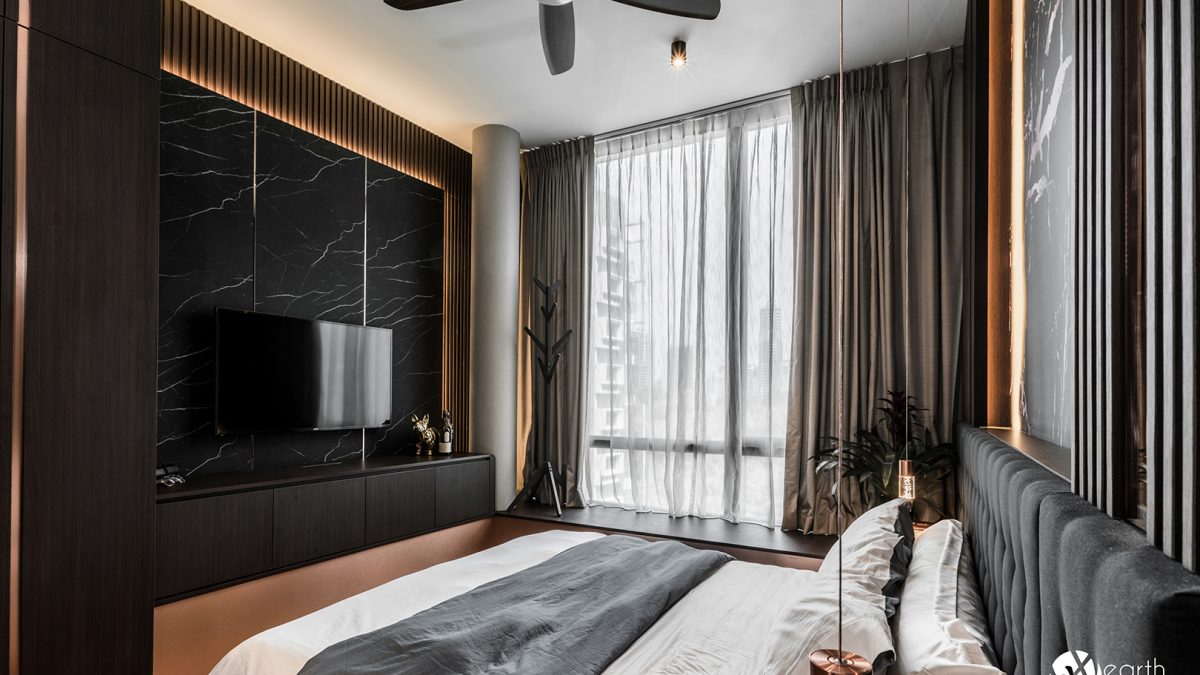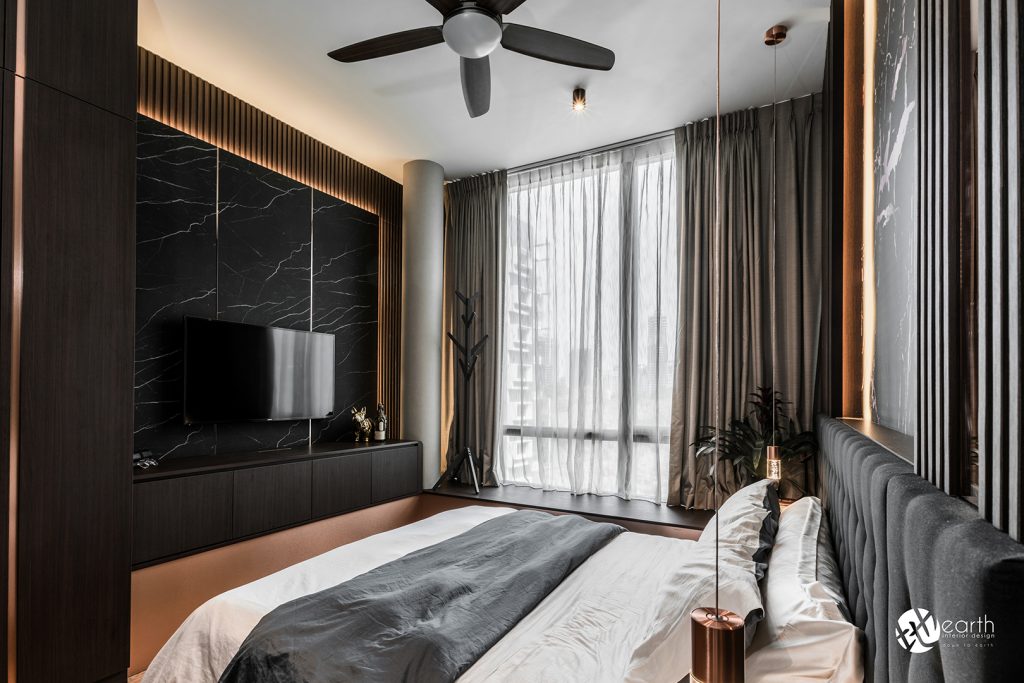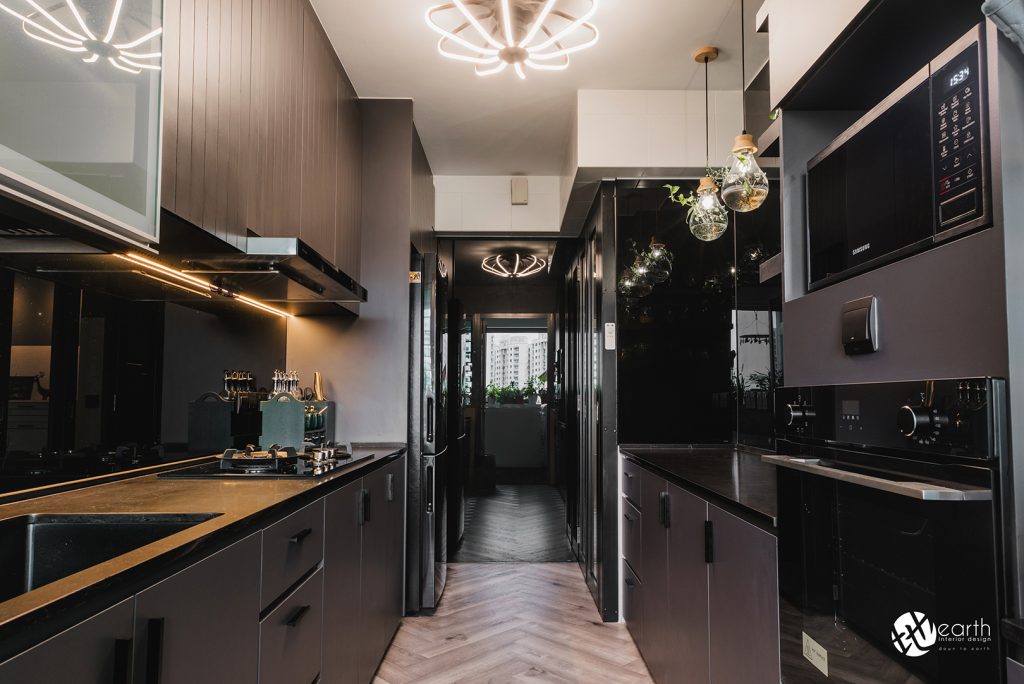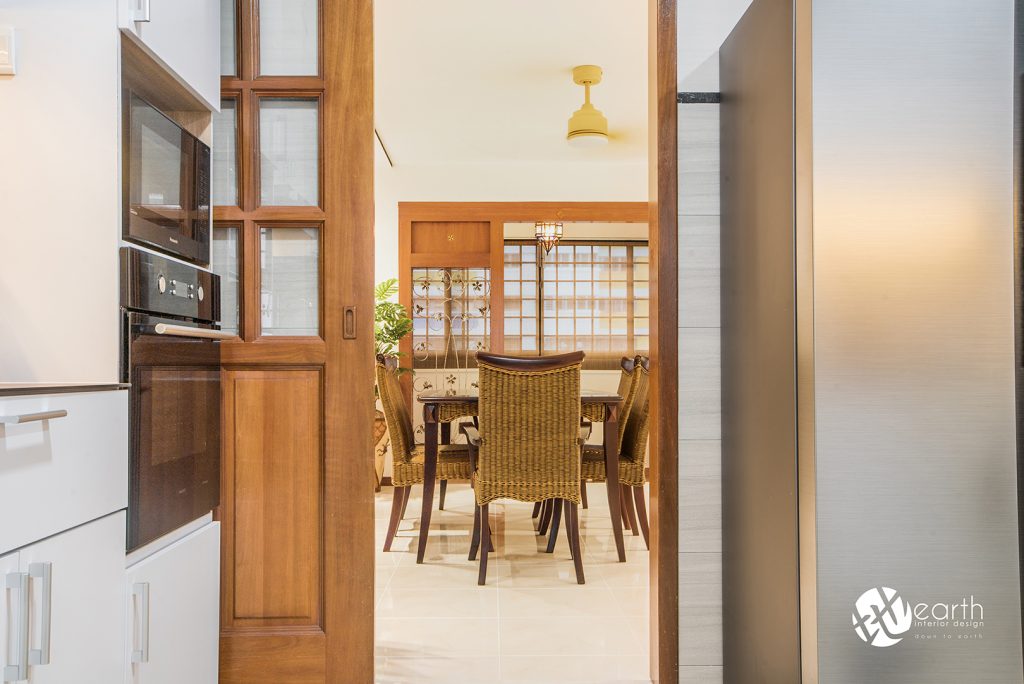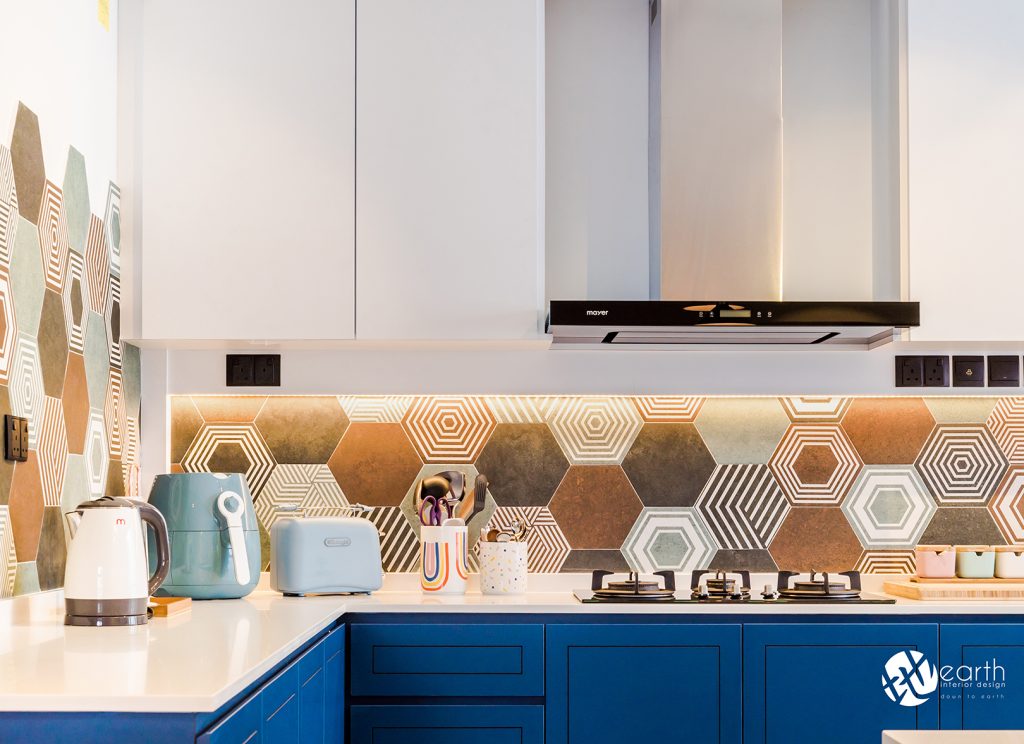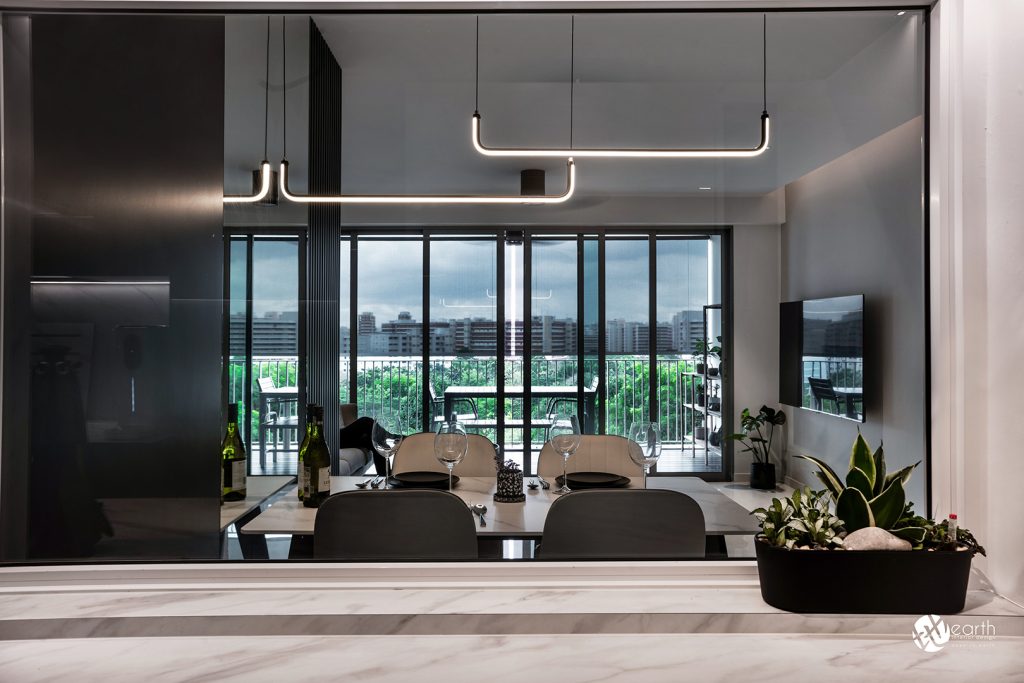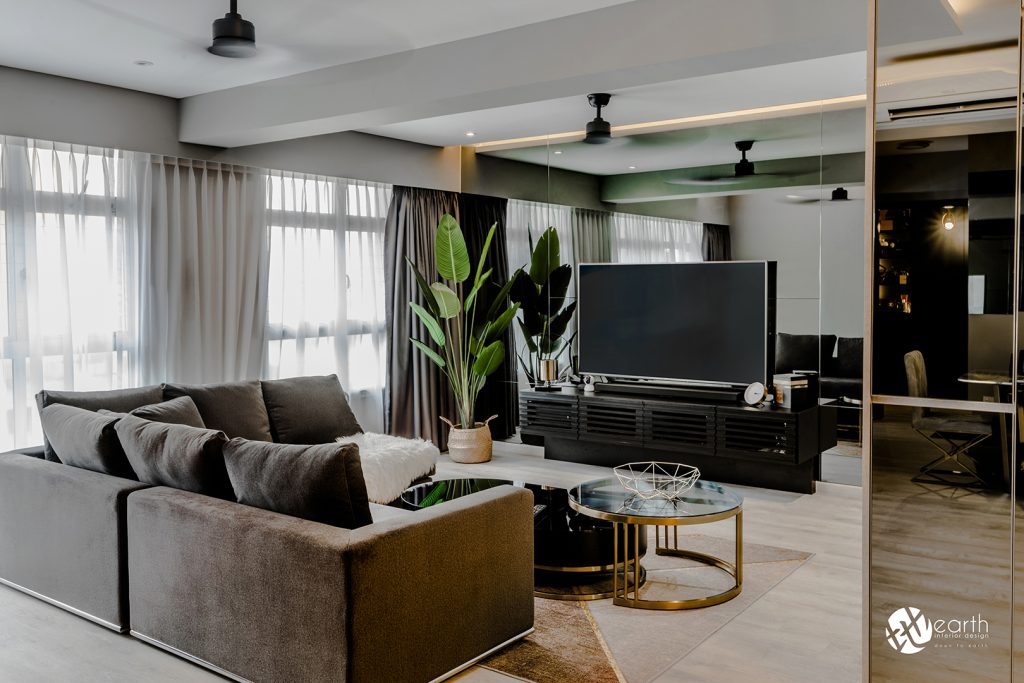Interior design is an art form that combines aesthetics, functionality, and creativity to transform spaces into visually appealing and functional environments. Whether you’re designing a home, office, or commercial space, understanding the principles of interior design is crucial. In this article, we will explore the seven principles that guide successful interior design projects, helping you create harmonious and captivating spaces.
1. Unity and Harmony:
The foundation of any well-designed interior space is unity and harmony. Achieving unity means creating a cohesive look and feel throughout the space. This can be accomplished through consistent color schemes, materials, and design elements that complement each other. Harmony, on the other hand, refers to the visual balance and flow within the space, ensuring that all elements work together seamlessly.
2. Balance:
Balance in interior design is about distributing visual weight evenly throughout a space. There are three types of balance: symmetrical, asymmetrical, and radial. Symmetrical balance involves arranging objects or furniture in a way that mirrors each other on either side of a central axis. Asymmetrical balance is achieved by placing objects of different sizes or visual weights strategically to create equilibrium. Radial balance revolves around a central focal point, with elements radiating outward.
3. Scale and Proportion:
Scale and proportion play a vital role in creating a harmonious and visually pleasing interior. Scale refers to the relative size of objects in relation to each other and the space they occupy. Proportion involves how these objects relate to the overall size of the room. By carefully considering scale and proportion, you can ensure that furniture, artwork, and other elements are appropriately sized for the space, avoiding overwhelming or underwhelming effects.
4. Rhythm and Repetition:
Rhythm is the visual flow and movement within a space. By utilizing repeating patterns, colors, or shapes, you can create a sense of rhythm that guides the eye throughout the room. Repetition is the intentional use of the same design element in different parts of the space, establishing a sense of unity and cohesiveness.
5. Emphasis and Focal Point:
Every well-designed interior should have a focal point or an area of emphasis that draws attention and creates visual interest. This could be a fireplace, an artwork, a statement piece of furniture, or even a picturesque view. By strategically placing and highlighting these elements, you can guide the viewer’s gaze and create a memorable impact.
6. Contrast and Variety:
Contrast adds visual interest and excitement to a space. By incorporating contrasting elements such as light and dark colors, smooth and textured surfaces, or modern and traditional styles, you can create a dynamic and engaging environment. Variety, on the other hand, involves incorporating different elements, shapes, and textures to avoid monotony and create visual diversity.
7. Functionality and Practicality:
While aesthetics are essential, interior design should also prioritize functionality and practicality. Consider how people will use the space and ensure that it meets their needs. Furniture arrangement, traffic flow, storage solutions, and lighting should all be carefully planned to optimize usability without sacrificing style.

By applying these seven principles of interior design—unity and harmony, balance, scale and proportion, rhythm and repetition, emphasis and focal point, contrast and variety, and functionality and practicality—you can create captivating and harmonious spaces that inspire and delight. Whether you’re a professional designer or a homeowner looking to enhance your living environment, these principles will serve as valuable guidelines for your interior design endeavors.
